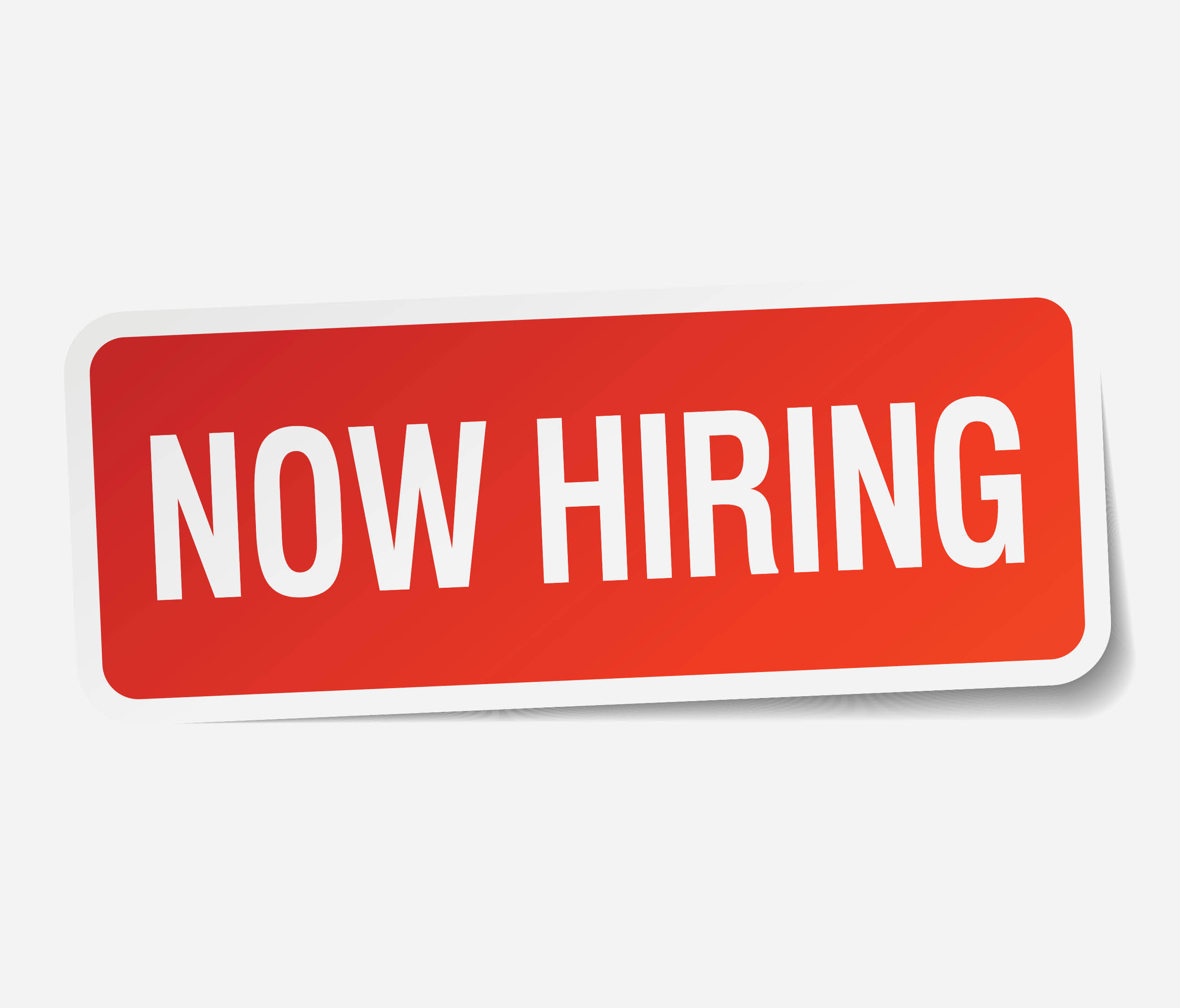Internal Branding Campaigns: Why Success Starts With Research
We recently found ourselves in the following conversation:
Client: We need to engage employees in our company’s new mission. We need your help with the execution of the communications campaign. We already have the positioning and messaging. The CEO wrote it.
DB: Oh, that’s great. What kind of research was conducted in developing…


